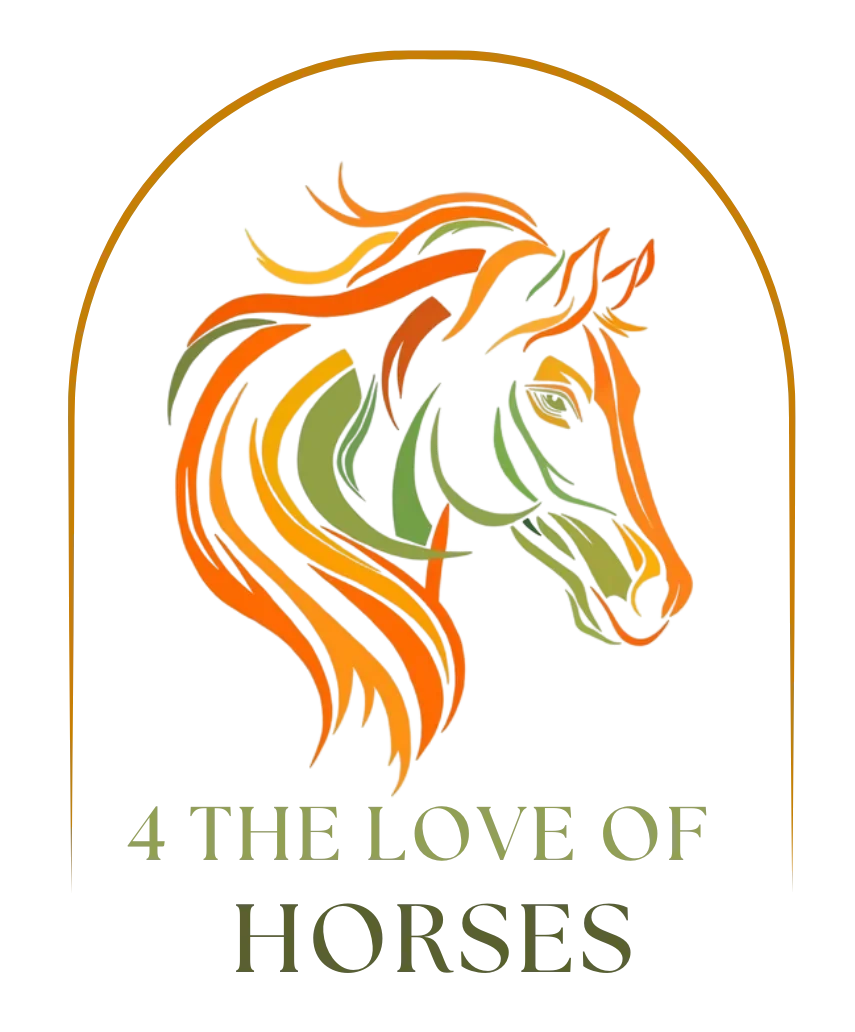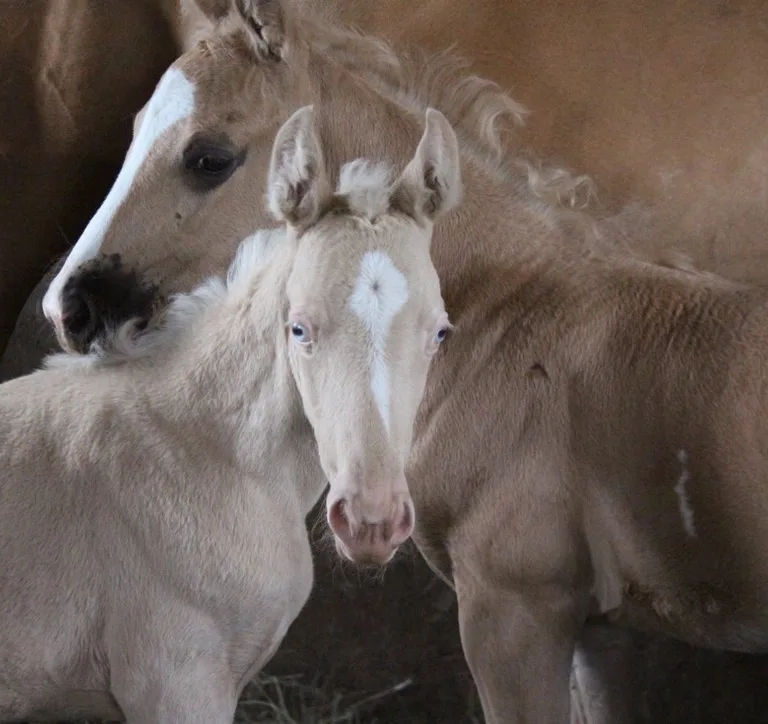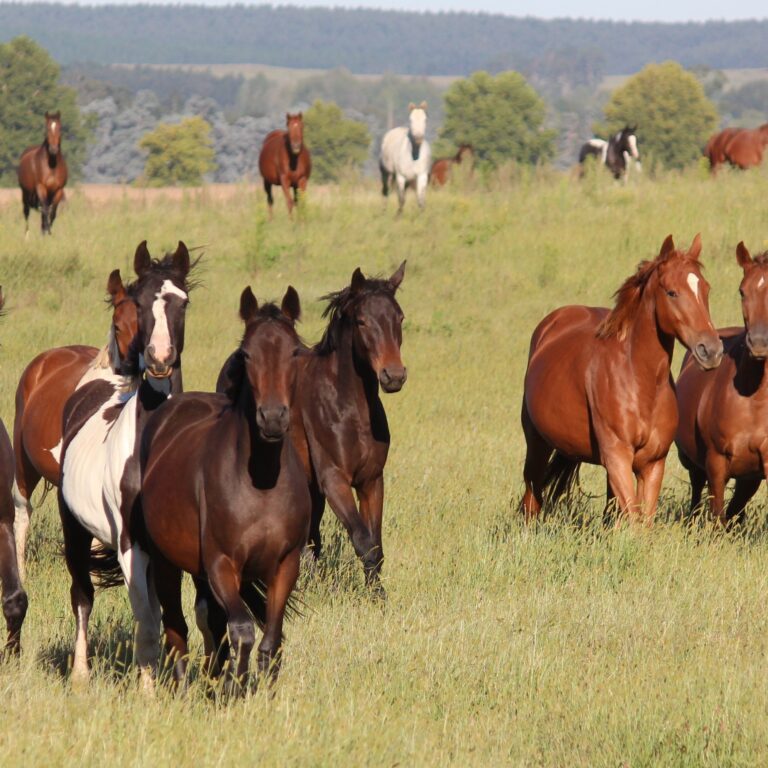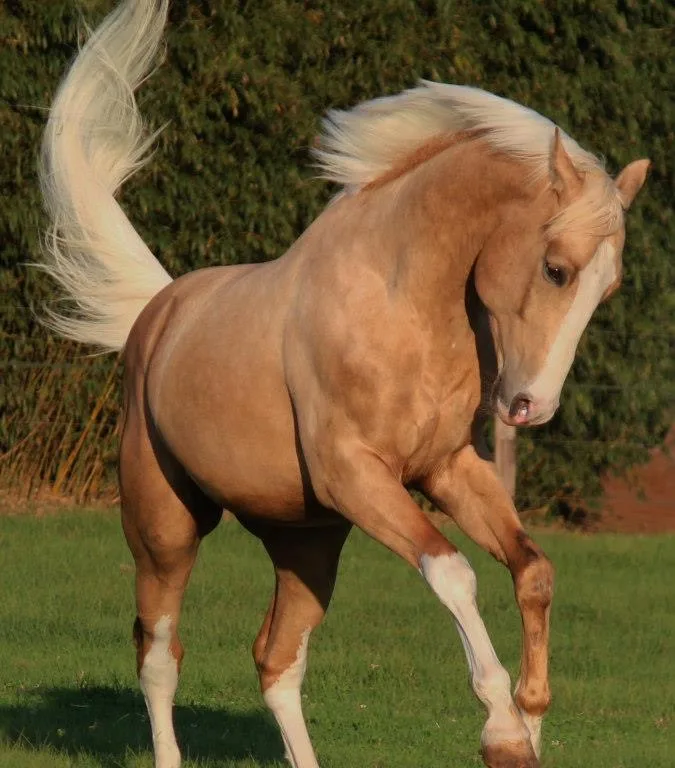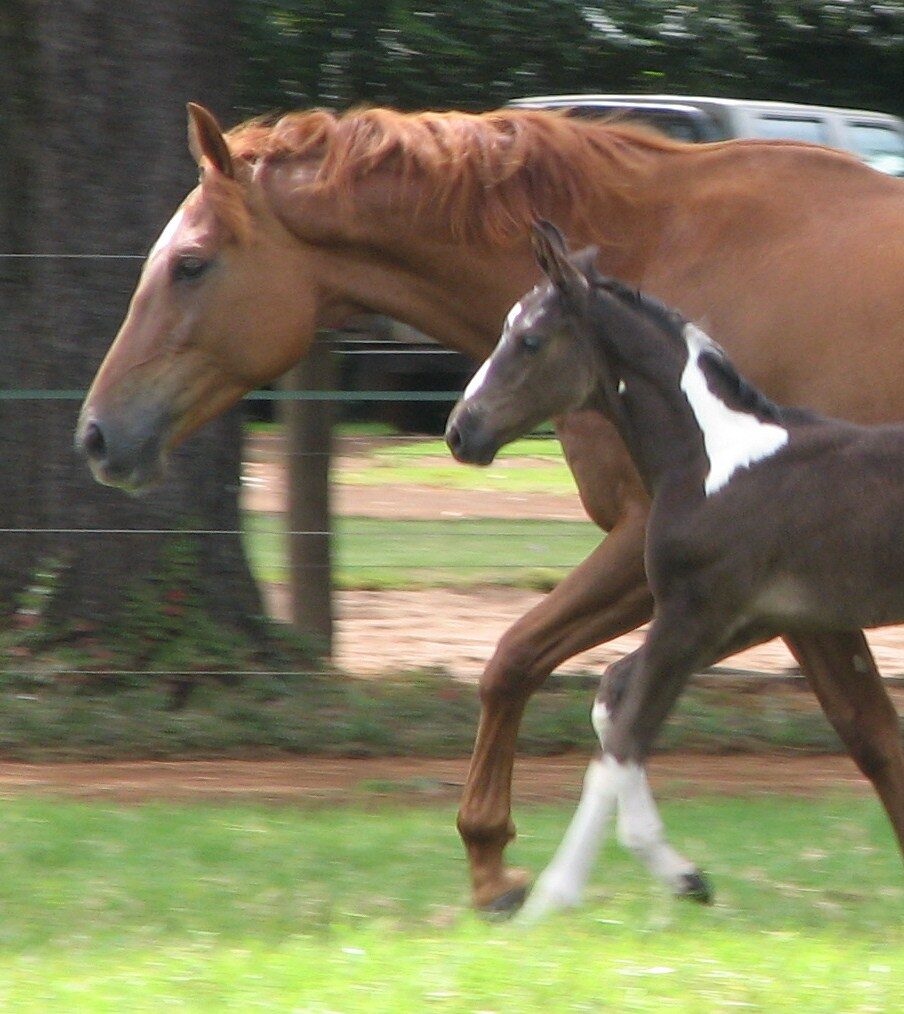Essential Mare Vaccinations: Safeguarding Your Horse Before Foaling
Proper vaccination is crucial for ensuring the health and well-being of mares and their foals during the breeding season. While specific recommendations may vary based on geographic location, local disease prevalence, and individual horse management practices, here are some generally recommended vaccinations for pregnant mares:
Tetanus (Clostridium tetani)
Tetanus is a potentially fatal bacterial infection that can be contracted through wounds or injuries. This bacterium is commonly found in soil, dust, and manure, and it produces a powerful neurotoxin. Tetanus is not contagious between animals or from animals to humans; it enters the body through wounds or injuries, especially those that are deep or puncture wounds.
Key details about tetanus in horses and the importance of tetanus vaccination:
- Mode of Transmission:
- Clostridium tetani spores are present in the environment, and they can enter the horse’s body through wounds, cuts, or injuries.
- The spores can germinate in anaerobic (low-oxygen) conditions, such as deep wounds where oxygen levels are low.
- Clinical Signs:
- Tetanus affects the nervous system and can lead to symptoms such as muscle stiffness, difficulty swallowing, and spasms.
- In severe cases, the muscles that control chewing and swallowing can be affected, resulting in a condition known as “lockjaw” or trismus.
- Tetanus can progress rapidly, and affected horses may have difficulty breathing, leading to respiratory failure.
- Prevention through Vaccination:
- Vaccination is the primary method for preventing tetanus in horses.
- The tetanus vaccine stimulates the horse’s immune system to produce antibodies against the tetanus toxin, providing protection.
- The initial vaccination is typically followed by booster shots, and a regular vaccination schedule is important to maintain immunity.
- Vaccination Schedule:
- Foals often receive their first tetanus vaccination as part of a combination vaccine series, and boosters are administered at regular intervals.
- Adult horses usually receive an initial series of tetanus vaccinations, followed by booster shots at least once a year.
- The timing and frequency of boosters may vary based on individual risk factors, such as the horse’s lifestyle and potential exposure to tetanus.
- Importance for Pregnant Mares:
- Tetanus vaccination is particularly crucial for pregnant mares to protect both the mare and the developing foal.
- It is recommended that pregnant mares receive tetanus vaccination as part of routine prenatal care to ensure that adequate antibodies are transferred to the foal through colostrum.
- Wound Management:
- In addition to vaccination, proper wound care is essential to prevent tetanus.
- Thoroughly cleaning and treating wounds promptly helps reduce the risk of bacterial contamination.
- Tetanus antitoxin may be administered in emergencies when a horse is wounded and lacks recent tetanus vaccination.
Giving your mare the tetanus vaccination is a fundamental preventive measure. Work closely with your veterinarians to establish an appropriate vaccination schedule and to seek immediate veterinary attention for any wounds or injuries to ensure proper wound management. Tetanus is a serious and often preventable disease, and vaccination plays a key role in protecting the health and well-being of horses.
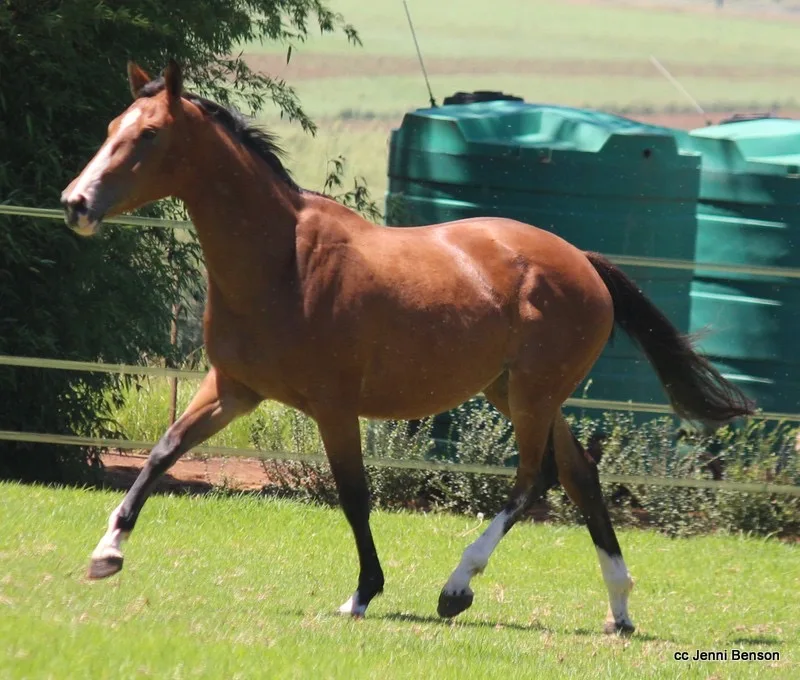
Equine Herpesvirus (EHV)
EHV is group of viruses that can affect horses, causing respiratory infections, abortion in pregnant mares, and, in some cases, neurological disease. Two main types of Equine Herpesvirus affect horses: EHV-1 and EHV-4.
- Equine Herpesvirus Type 1 (EHV-1):
- EHV-1 is associated with various clinical manifestations, including respiratory disease, abortion, and neurological disorders.
- Respiratory symptoms can range from mild nasal discharge and cough to severe pneumonia.
- Pregnant mares infected with EHV-1 may experience abortion, stillbirth, or give birth to weak foals. This is a significant concern for breeding operations.
- Equine Herpesvirus Type 4 (EHV-4):
- EHV-4 primarily causes respiratory disease in horses.
- Clinical signs may include nasal discharge, coughing, and fever.
- While EHV-4 is generally less severe than EHV-1, it can contribute to the overall respiratory disease burden in horse populations.
- Transmission:
- Equine Herpesviruses are highly contagious and spread through respiratory secretions (nasal discharge, coughing).
- Direct horse-to-horse contact and the sharing of equipment, such as water buckets and feed troughs, can facilitate transmission.
- In the case of EHV-1, the virus can also be spread through the air over short distances.
- Neurological Form (EHV-1 Myeloencephalopathy):
- EHV-1 is known for its ability to cause neurological disease in horses, a condition known as Equine Herpesvirus Myeloencephalopathy (EHM).
- EHM is characterized by neurological signs such as incoordination, weakness, and difficulty standing.
- The neurological form is less common but can be severe, requiring immediate veterinary attention.
- Prevention through Vaccination:
- Vaccination is a key preventive measure against Equine Herpesvirus.
- Vaccines are available for both EHV-1 and EHV-4, and they are often combined in a single vaccine.
- Vaccination helps reduce the severity of clinical signs, shedding of the virus, and the risk of abortion.
- Pregnant mares are often vaccinated to protect against abortion caused by EHV-1.
- Vaccination Schedule:
- The vaccination schedule may vary, but it often involves an initial series of vaccinations followed by booster shots.
- Pregnant mares may receive additional boosters to ensure the transfer of protective antibodies to foals through colostrum.
- Biosecurity Measures:
- Implementing biosecurity measures is crucial to prevent the spread of Equine Herpesvirus.
- Isolation of sick horses, avoiding horse-to-horse contact, and practicing good hygiene in shared environments are important components of biosecurity.
Vaccinating and using biosecurity measures can prevent the spread of this virus. Work closely with your veterinarians to develop a vaccination plan tailored to their specific circumstances. Make sure you quarantine and use biosecurity practices, especially in facilities where horses come into close contact with each other. Early detection and prompt veterinary intervention are critical in managing outbreaks and preventing the spread of the virus.

Equine Influenza (Flu):
Equine Influenza, commonly referred to as horse flu, is a highly contagious respiratory disease caused by influenza A viruses. It affects horses, ponies, and other equids. Equine influenza can lead to significant economic losses in the horse industry due to illness, disruption of training and competition schedules, and the cost of veterinary care. Here are more details about Equine Influenza:
- Clinical Signs:
- Equine Influenza primarily manifests as a respiratory disease with clinical signs such as:
- Sudden onset of high fever.
- Nasal discharge (often initially clear and later becoming thick and purulent).
- Dry, hacking cough.
- Lack of appetite and lethargy.
- Equine Influenza primarily manifests as a respiratory disease with clinical signs such as:
- Transmission:
- Equine Influenza is highly contagious and spreads through respiratory secretions (droplets from coughing and sneezing).
- Direct contact between horses and the sharing of equipment, such as buckets and grooming tools, can facilitate transmission.
- The virus can also be airborne over short distances, contributing to rapid spread within a population.
- Subtypes:
- Equine Influenza is caused by two main subtypes of influenza A viruses: H7N7 and H3N8.
- H3N8 is the more common subtype responsible for most recent outbreaks, and vaccines specifically target this subtype.
- Vaccination:
- Vaccination is a crucial tool in preventing and controlling equine influenza.
- Vaccines are available to protect against both H7N7 and H3N8 subtypes.
- Vaccination is recommended, especially for horses in high-risk situations, such as those in close contact with other horses at shows, competitions, or boarding facilities.
- Vaccination Schedule:
- The vaccination schedule may vary, but it typically involves an initial series of vaccinations followed by booster shots.
- Depending on the vaccine, booster shots may be required every three to six months, especially for horses at higher risk of exposure.
- Duration of Immunity:
- While vaccination provides protection, immunity may not be complete or permanent.
- Regular boosters are necessary to maintain protective immunity, particularly in environments where horses are frequently exposed to new individuals.
- Importance of Biosecurity:
- In addition to vaccination, implementing biosecurity measures is important in preventing the spread of equine influenza.
- Isolation of sick horses, strict hygiene practices, and limiting horse-to-horse contact during outbreaks help control the spread of the virus.
- Global Impact:
- Equine influenza is a global concern, and outbreaks can have a significant impact on the international movement of horses for competitions and events.
- Compliance with vaccination requirements is often a prerequisite for participation in shows and competitions.
Vigilance in recognizing the early signs of respiratory illness and prompt veterinary intervention will minimize the impact of outbreaks.
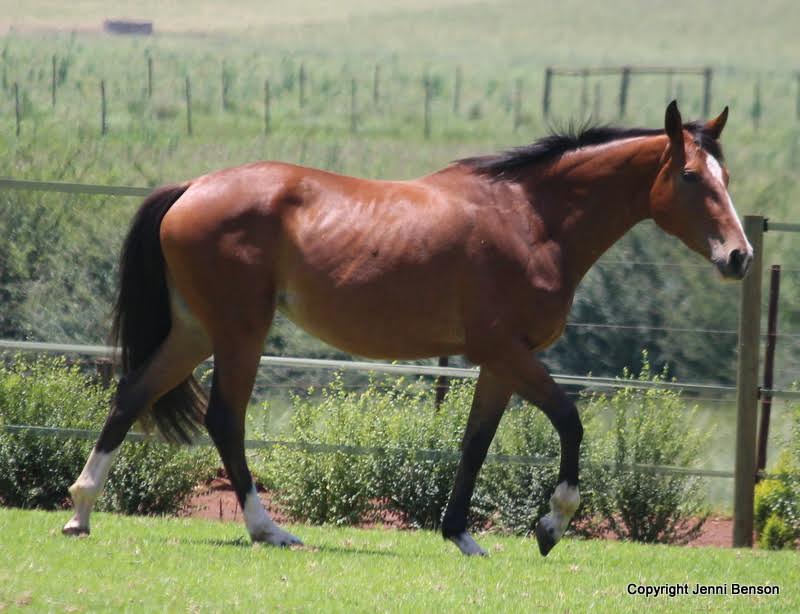
Rhodococcus equi
Rhodococcus equi is a bacterial pathogen that primarily affects foals and can cause a severe and often fatal form of pneumonia. This bacterium is commonly found in the environment, especially in soil, and can be challenging to control. Here are more details about Rhodococcus equi:
- Bacterium Characteristics:
- Rhodococcus equi is a gram-positive, facultative intracellular bacterium.
- It is commonly found in soil, particularly in environments where horses and other farm animals are present.
- The bacterium has a waxy outer capsule, which contributes to its resistance to environmental stresses.
- Clinical Signs in Foals:
- Rhodococcus equi primarily affects foals, typically those aged 1 to 6 months.
- Clinical signs include progressive and severe pneumonia, with symptoms such as:
- Labored breathing.
- Coughing.
- Nasal discharge.
- Depression and lethargy.
- Weight loss.
- Abscess formation in the lungs is a characteristic feature of the disease.
- Transmission:
- Foals typically become infected by inhaling dust or soil contaminated with Rhodococcus equi.
- The bacterium may persist in the environment, especially in areas where foals are housed or graze.
- Prevention through Vaccination:
- Vaccination against Rhodococcus equi is available and is recommended in certain situations.
- The vaccine aims to stimulate the foal’s immune system to produce antibodies against the bacterium, providing protection.
- The timing and necessity of vaccination may vary depending on the risk factors in a particular environment.
- Antibiotic Treatment:
- Early diagnosis and treatment with antibiotics are crucial for foals affected by Rhodococcus equi.
- Commonly used antibiotics include macrolides such as erythromycin, clarithromycin, and azithromycin.
- Biosecurity Measures:
- Implementing biosecurity measures can help reduce the risk of Rhodococcus equi infection.
- Proper management of foaling areas, minimizing dust exposure, and good hygiene practices are essential.
- Reducing overcrowding and providing adequate ventilation can also contribute to prevention.
- Risk Factors:
- Foals that are housed in environments where the bacterium is prevalent, especially in areas with a history of Rhodococcus equi cases, are at higher risk.
- Overcrowding and poor ventilation in foaling facilities can contribute to the spread of the bacterium.
- Importance for Pregnant Mares:
- Vaccination of pregnant mares may be recommended to enhance passive immunity through colostrum, providing protection to foals during their early months.
When addressing Rhodococcus equi in your blog, stress the importance of early detection, proper antibiotic treatment, and vaccination in managing the disease. Encourage horse owners to work closely with their veterinarians to assess the risk factors in their specific environment and to develop a comprehensive management plan. Emphasize the significance of biosecurity measures in preventing the spread of Rhodococcus equi and maintaining a healthy foaling environment.
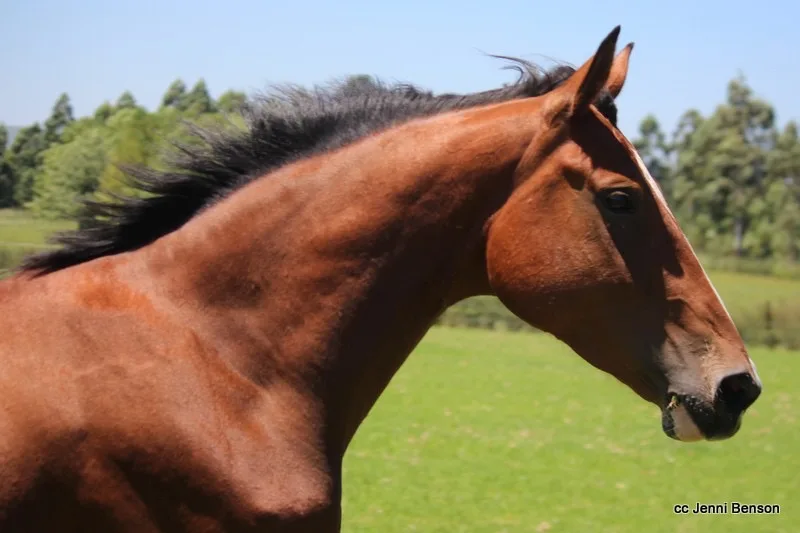
West Nile Virus (WNV)
West Nile Virus is a mosquito-borne virus that can cause illness in humans, horses, and other animals. It is a flavivirus, and the primary mode of transmission is through the bite of infected mosquitoes. Here are more details about West Nile Virus in horses:
- Clinical Signs in Horses:
- Horses infected with West Nile Virus may show a range of clinical signs, from mild to severe.
- Common symptoms include fever, loss of appetite, depression, and lethargy.
- Neurological signs may develop in more severe cases, leading to symptoms such as incoordination, weakness, muscle twitching, and difficulty standing.
- Severe cases can progress to recumbency and may result in death.
- Transmission:
- Mosquitoes serve as vectors for West Nile Virus.
- Birds are the natural reservoir hosts, and mosquitoes become infected by feeding on infected birds.
- Infected mosquitoes can then transmit the virus to horses and humans through subsequent bites.
- Prevention through Vaccination:
- Vaccination is a key preventive measure against West Nile Virus in horses.
- The vaccine stimulates the horse’s immune system to produce antibodies against the virus, providing protection.
- Vaccination is typically recommended annually, with timing based on the mosquito season in a specific region.
- Risk Factors:
- Horses in areas with a history of West Nile Virus activity or where the virus has been identified in mosquito populations are at a higher risk.
- Warm weather and stagnant water sources contribute to increased mosquito activity, elevating the risk of transmission.
- Neurological Form:
- West Nile Virus can cause a severe neurological form of the disease in horses.
- Neurological signs may include ataxia (lack of coordination), circling, head pressing, and paralysis.
- Horses showing neurological signs require immediate veterinary attention.
- Treatment:
- There is no specific antiviral treatment for West Nile Virus in horses.
- Supportive care, including anti-inflammatory medications and fluids, is often provided to manage symptoms.
- Vector Control:
- In addition to vaccination, controlling mosquito populations is essential in preventing West Nile Virus transmission.
- Measures may include eliminating standing water, using mosquito repellents, and employing mosquito control strategies.
- Public Health Concerns:
- West Nile Virus is also a significant public health concern, and humans can contract the virus through mosquito bites.
- Equine cases can serve as indicators of local West Nile Virus activity, prompting public health authorities to implement mosquito control measures.
It is advised to take vector control measures to reduce the risk of transmission and it is very important to call your vet as soon as your horse shows clinical signs, particularly neurological symptoms.
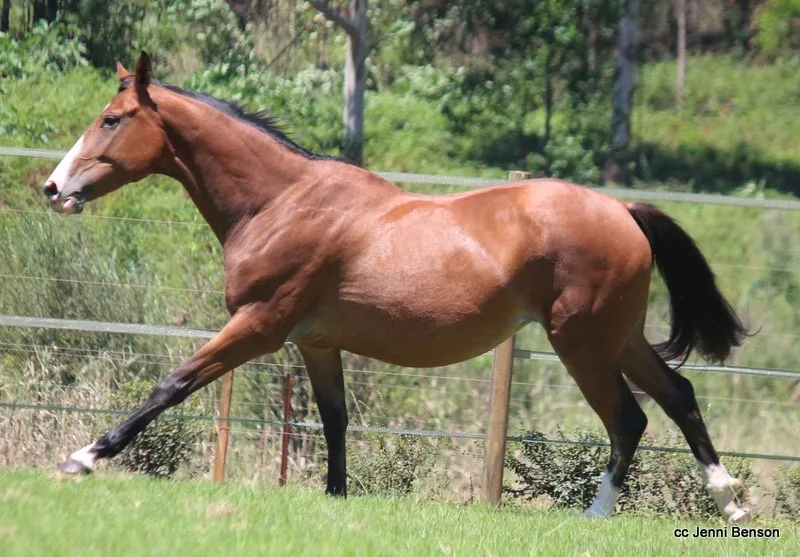
Rabies
Rabies is a viral disease that affects mammals, including horses. It is caused by the Rabies virus, a member of the Lyssavirus genus. Rabies is a zoonotic disease, meaning it can be transmitted from animals to humans. Here are more details about rabies in horses:
- Transmission:
- Rabies is primarily transmitted through the saliva of an infected animal, usually via bites.
- The virus can also be transmitted through open wounds or mucous membranes.
- Skunks, raccoons, bats, and foxes are common wildlife reservoirs for rabies.
- Clinical Signs in Horses:
- The clinical signs of rabies in horses can vary, but they often include behavioral changes.
- Infected horses may exhibit agitation, restlessness, or depression.
- Other signs may include difficulty swallowing, excessive salivation, and changes in vocalization.
- As the disease progresses, horses may become paralyzed and show neurological signs.
- Fatal Nature:
- Rabies is almost always fatal once clinical signs appear.
- The progression of the disease is rapid, and affected animals typically succumb within days to weeks after the onset of symptoms.
- Importance of Vaccination:
- Vaccination is a critical preventive measure against rabies.
- Horses should be vaccinated against rabies regularly, and many regions have legal requirements for rabies vaccination for equines.
- The vaccine stimulates the immune system to produce antibodies against the Rabies virus, providing protection.
- Public Health Concerns:
- Rabies is a significant public health concern because it can be transmitted to humans.
- Humans can contract rabies through contact with the saliva or neural tissue of an infected animal, typically via bites.
- Prompt medical attention, including post-exposure prophylaxis, is essential for individuals who may have been exposed to rabies.
- Clinical Incubation Period:
- The incubation period for rabies can vary, but it is generally several weeks to months.
- Once clinical signs appear, the disease progresses rapidly.
- Wildlife Reservoirs:
- Wild animals, especially bats, skunks, raccoons, and foxes, serve as common reservoirs for the Rabies virus.
- Horses may be exposed to the virus through encounters with infected wildlife.
- Diagnosis and Testing:
- Diagnosis of rabies in horses is typically confirmed through laboratory testing, including examination of brain tissue.
- It is crucial to handle potentially rabid animals with extreme caution to prevent human exposure.
It is very important to adhere to local vaccination requirements and work closely with your veterinarian to establish an appropriate vaccination schedule. Rabies easily passes from animals to humans which makes seeking immediate veterinary attention for any horse showing abnormal behavior or neurological signs extremely important. Responsible pet ownership and public health measures help prevent the spread of rabies to both animals and humans.
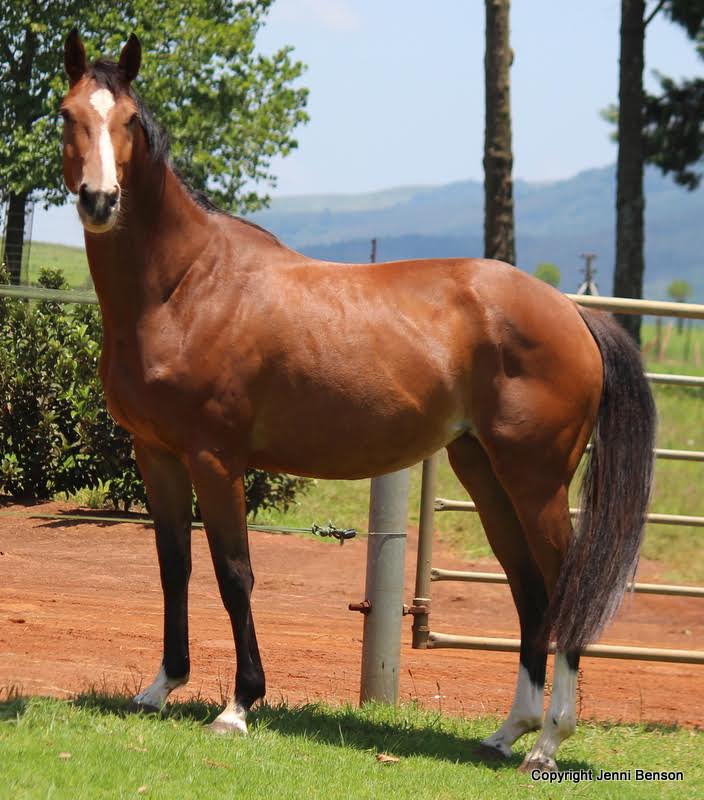
Strangles (Streptococcus equi)
Strangles is an infectious and highly contagious bacterial disease in horses caused by the bacterium Streptococcus equi. It primarily affects the respiratory system and is characterized by abscess formation in the lymph nodes of the head and neck. Here are more details about Strangles:
- Clinical Signs:
- Strangles typically present with clinical signs such as:
- High fever.
- Nasal discharge, which starts clear and becomes thick and purulent.
- Swelling and abscess formation in the lymph nodes of the head and neck, lead to difficulty swallowing and breathing.
- Depression and lethargy.
- Strangles typically present with clinical signs such as:
- Transmission:
- Streptococcus equi is highly contagious and spreads through direct contact between horses.
- Contaminated equipment, feed buckets, and water troughs can also contribute to the transmission of the bacterium.
- Recovered horses or carriers may shed the bacterium, contributing to ongoing transmission.
- Abscess Formation:
- The hallmark of Strangles is the formation of abscesses in the lymph nodes, especially those under the jaw and along the throatlatch.
- Abscesses may rupture, leading to the release of pus and potentially contaminating the environment.
- Complications:
- Complications of Strangles may include the development of “bastard strangles,” where abscesses form in other parts of the body, such as the chest or abdomen.
- Purpura hemorrhagica, an immune-mediated condition causing swelling and inflammation of blood vessels, is another potential complication.
- Quarantine and Biosecurity:
- Strangles require strict quarantine measures to prevent the spread of the disease.
- Infected horses and those in contact with affected horses should be isolated.
- Biosecurity measures, such as disinfection of equipment and facilities, are essential in controlling outbreaks.
- Vaccination:
- Vaccination against Strangles is available and can help reduce the severity and duration of clinical signs.
- However, vaccination does not provide complete immunity, and breakthrough cases may occur.
- Some horse owners may choose to vaccinate high-risk populations, such as those in boarding facilities or with a history of Strangles outbreaks.
- Treatment:
- Treatment of Strangles involves supportive care, including draining and flushing abscesses, administration of antibiotics, and maintaining proper hydration and nutrition.
- Isolation and biosecurity measures are critical to prevent the spread of the disease within a herd.
- Testing and Confirmation:
- Diagnosis is often confirmed through laboratory testing, including nasal swabs or guttural pouch washes.
- Polymerase chain reaction (PCR) testing is commonly used for accurate detection of the bacterium.
Quarantine and biosecurity measures to prevent the spread of the disease. If you suspect strangles it is very important to work closely with your veterinarians to establish proper isolation protocols and implement thorough disinfection practices. Discuss the benefits and limitations of vaccination and the importance of early veterinary intervention for proper diagnosis and management of Strangles outbreaks.
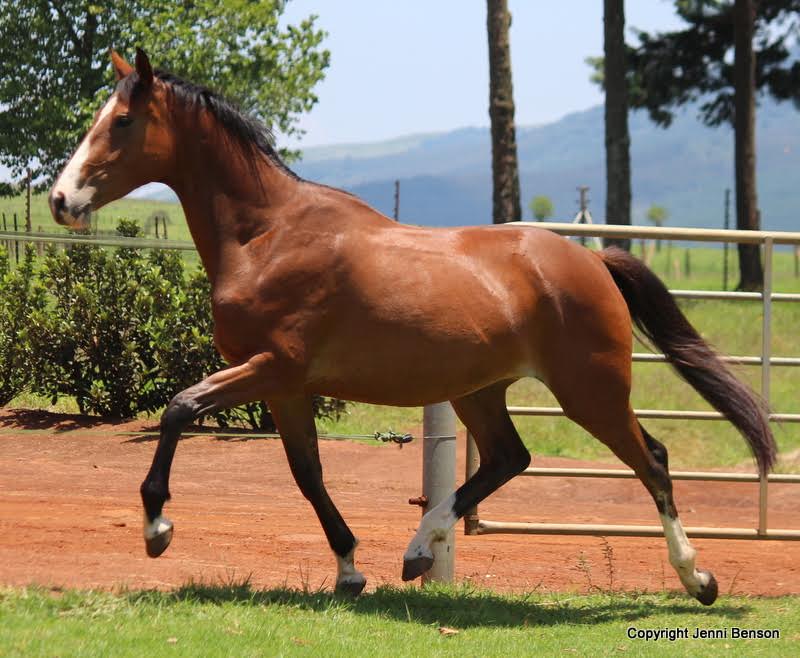
Botulism
Botulism is a serious and potentially fatal condition caused by toxins produced by the bacterium Clostridium botulinum. There are three main types of botulism: foodborne botulism, wound botulism, and infant botulism. In horses, the most common form is equine botulism, and it is caused by the ingestion of the botulinum toxin. Here are more details about botulism in horses:
- Causing Bacterium – Clostridium botulinum:
- Clostridium botulinum is a bacterium that produces potent neurotoxins, known as botulinum toxins.
- These toxins interfere with nerve function, leading to muscle paralysis.
- Forms of Botulism in Horses:
- Equine Botulism: Horses are susceptible to botulism when they ingest the botulinum toxin. This can occur through contaminated feed, forage, or water.
- Wound Botulism: This form is rare in horses but can occur when the bacterium infects a wound, producing toxins that affect the horse systemically.
- Toxicoinfectious Botulism: This form is caused by the ingestion of preformed toxins produced by the bacterium in decaying animal carcasses. It is also rare in horses.
- Clinical Signs:
- The clinical signs of botulism in horses include:
- Difficulty swallowing (dysphagia).
- Weakness and loss of coordination.
- Drooping eyelids.
- Difficulty standing and moving.
- Paralysis, which can progress to respiratory failure.
- The clinical signs of botulism in horses include:
- Risk Factors for Equine Botulism:
- Ingestion of contaminated feed, forage, or water is a common route of exposure.
- Horses are particularly susceptible to the toxin, and small amounts can lead to severe illness.
- Contaminated silage, especially round bales, is a known source of botulism.
- Prevention:
- Vaccination is the primary preventive measure for equine botulism.
- The vaccine is available for horses and provides immunity against the toxin produced by Clostridium botulinum.
- Proper storage and handling of feed and forage, as well as eliminating access to decaying animal carcasses, are important in preventing exposure.
- Treatment:
- Treatment for botulism involves supportive care, including intravenous fluids, nutritional support, and sometimes mechanical ventilation in severe cases.
- Antitoxin administration can help neutralize the circulating toxin.
- Early and aggressive veterinary intervention is crucial for a better prognosis.
- Prognosis:
- The prognosis for botulism depends on the severity of clinical signs and how quickly treatment is initiated.
- Severe cases can be fatal, and recovery may take weeks to months.
- Diagnosis:
- Diagnosis is based on clinical signs, history of exposure, and laboratory testing, such as serum analysis for the presence of the botulinum toxin.
Be vigilant about feed and forage sources and implement proper storage and handling practices. Seek veterinary attention if clinical signs suggestive of botulism are observed, as early intervention significantly improves the chances of a positive outcome.
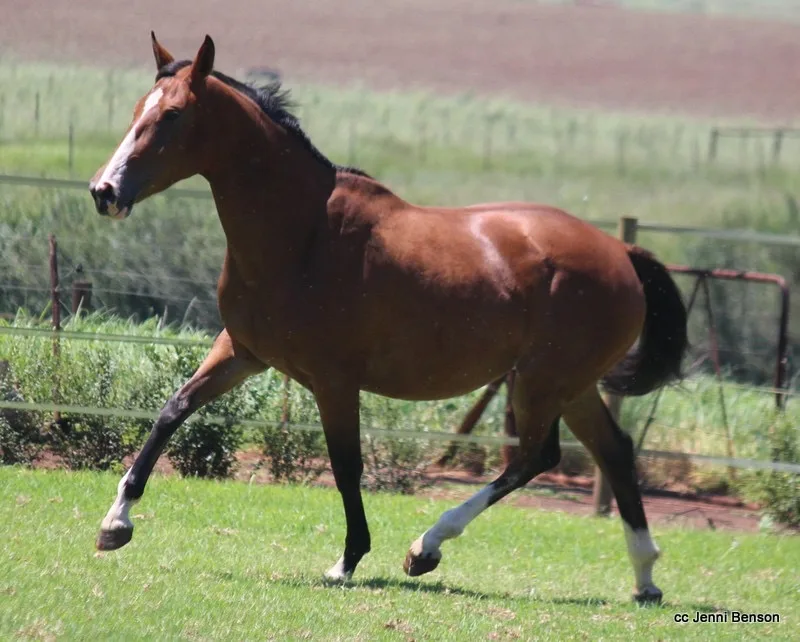
Conclusion
Ensuring the health and well-being of your mare is paramount, especially as she prepares for the foaling season. Vaccination plays a crucial role in preventing a range of diseases that can impact both the mare and her foal. By adhering to a well-designed vaccination protocol, you’re not only safeguarding your mare’s health but also providing essential protection to the developing foal. Regular consultations with your veterinarian will help tailor a vaccination plan that addresses specific regional risks, the mare’s health, and the unique conditions of your equine environment. Stay proactive, prioritize preventive care, and empower your mare to embark on a smooth and healthy foaling journey.
Further Reading:
- American Association of Equine Practitioners (AAEP): Guidelines for Vaccination of Horses. Link
- Equine Disease Communication Center (EDCC): Mare and Foal Vaccination Protocols. Link
- The Horse: Vaccination Strategies for Broodmares. Link
- University of Kentucky Cooperative Extension: Vaccination Protocols for Horses. Link
- Merck Veterinary Manual: Vaccination Programs for Horses. Link
These resources provide in-depth information about equine vaccinations, covering topics such as vaccine types, schedules, and specific considerations for broodmares. Staying informed will empower you to make well-informed decisions regarding your mare’s health, contributing to the overall success of the foaling season.
